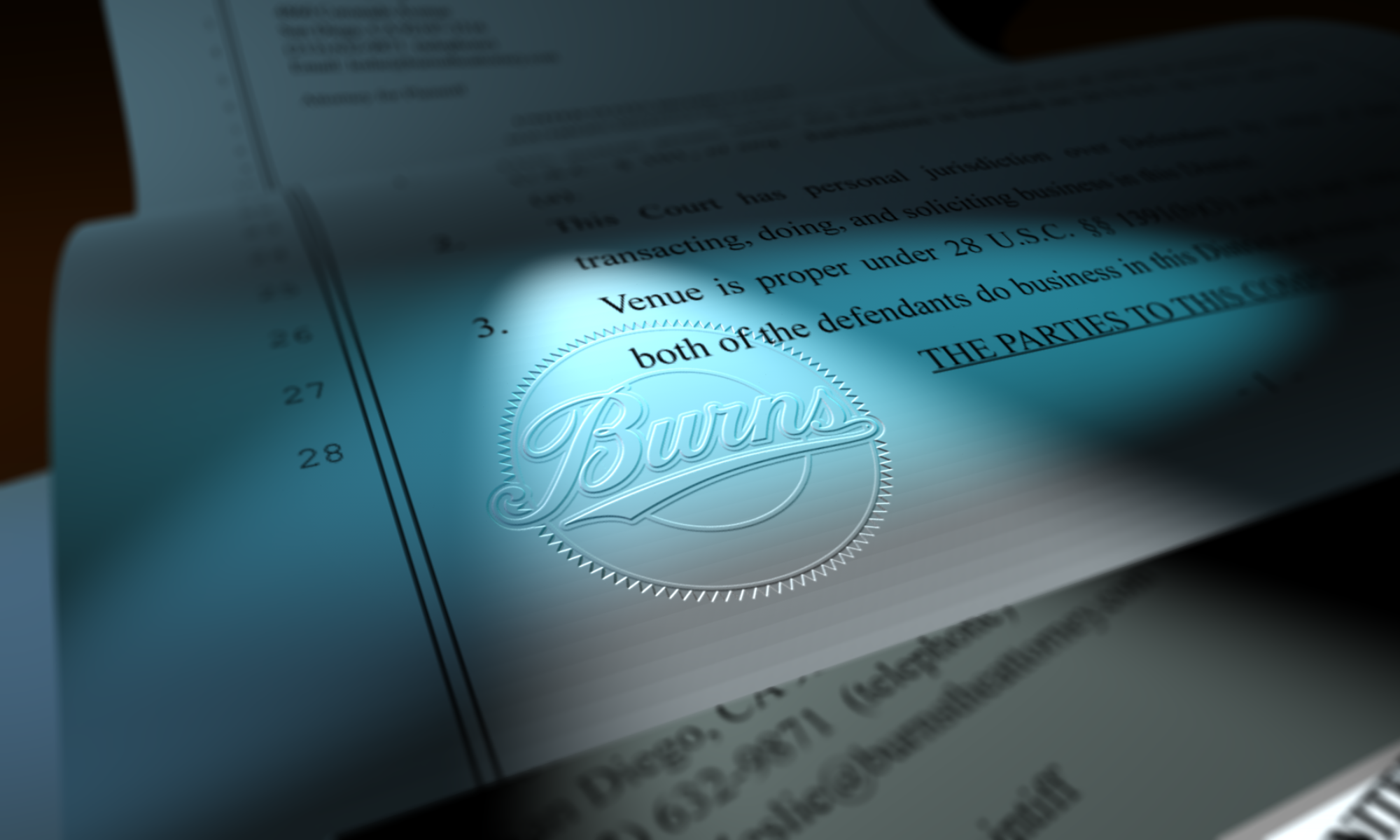(This is a slightly altered repost from many, many years ago. Sometimes, y’all need reminding, though…)
Do you believe you are a creative professional? An artist of some form? That is, a person with a gift, a talent, a set of abilities like no other person? Believing that is an act of faith and, rather surprisingly, it’s damn hard for some creatives to do. Are you one of those creatives who honors that gift, or one of those who acts almost embarrassed or ashamed of it? Do you put down your abilities, malign your gift? Ever catch yourself saying things like “Oh, it wasn’t anything special” or “I just kinda shot it–got lucky with the light?” Do you refer to yourself and your path as “the guy who liked to draw as a kid and ended up in art school” or “the adult version of the kid who liked taking pictures for the yearbook but couldn’t do anything else?” Do you feel, on some level, like apologizing every time you get paid for your creative work? Are you waiting for the day when someone finally tells you you’re a no-talent hack who has only managed to fake it this far?
If you answered “yes” to any of those statements, you’ve got Cognitive Reduction of Artistry Pathology…or CRAP*.
One of the main signs that you’re afflicted with CRAP is that you refuse to use the term “artist” for who and what you are. You may call yourself at best a creative professional, but the word “artist” is never used except, maybe, in the popular variation “commercial artist.” That may be used as a work-around because somehow that makes you less of an artist. If it’s commercial, it’s not real art–-that’s what you tell yourself.
If you have CRAP, your art’s value is downgraded in your own head. And yet, you admire people like Annie Leibovitz, Frank Gehry, and Chip Kidd; people who are (commercial) artists. Famous artists in any field, no matter how commercial, are somehow different from you and are (real) artists. But you? No siree! Not in your CRAP-filled head.
CRAP Facts
CRAP afflicts many people in all the creative industries: designers, photographers, writers, architects, illustrators, musicians, actors, etc.
CRAP can bog you down just as sure as walking in a muddy, well-used cow pasture in a pair of high heels. Depression can follow CRAP.
CRAP-sufferers often struggle with business–how can you demand more money or better rights if you’re not really an artist?
CRAP is a self-fulfilling disorder: after all, if you’re not a “real” artist you don’t have to push yourself creatively, right?
CRAP can be insidious; it’s one thing to be modest (a good thing) but one step too far and you CRAP all over yourself.
But you can rid yourself of CRAP. Here are some simple steps you can start today:
- Call yourself an artist and call what you make art. Do it out loud, every single day.
- Remind yourself that your work has value– if an ad costs $300K just for its space (placement), the art for that ad is worth a hell of a lot more than $2K.
- Most people will not like your art, and that’s a good thing, after all, most people like Wal*Mart and lawn ornaments; but the ones that will like it are the only ones that count and they’re the ones to market to.
- You have every right to get paid and paid well for your abilities, just like a doctor or a plumber or any other pro; your skills are just as rare and valuable.
- And, most importantly, you deserve to be happy–you are doing what you love, what you should be doing in this life–don’t crap on it.
[* CRAP was, of course, entirely invented by me. That makes it no less real in many ways.]
